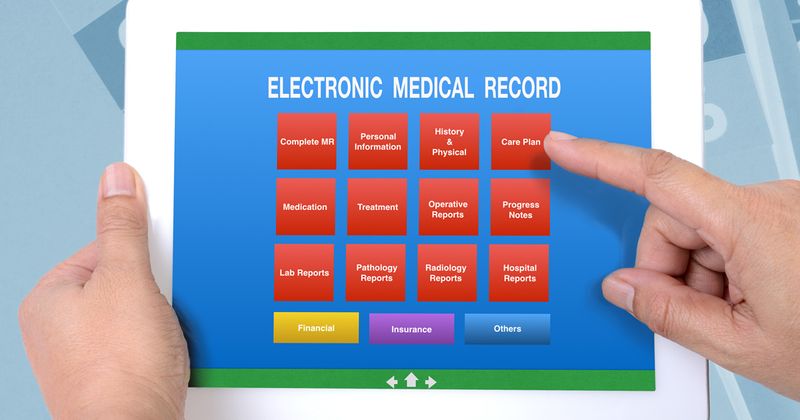EHR data can be used to identify patients at high risk for peripheral artery disease
Key takeaways:
- A machine learning-based model based on characteristics correlating with ankle-brachial index identified patients at high risk for PAD.
- The model could help identify people who need preventive strategies.
A machine learning-based model ranking patient characteristics available in the electronic health record by their correlation with ankle-brachial index identified those at high risk for peripheral artery disease.
“Our goal was to develop a pragmatic model to efficiently identify patients at high risk for PAD based on information entirely contained within the electronic medical record that could be used to facilitate highly targeted screening or initiation of preventive strategies in an undiagnosed population,” Mark Sonderman, MD, clinical assistant professor of medicine at University of Washington Medical Center in Seattle, and colleagues wrote.

Image: Adobe Stock
Using EHR data, the researchers extracted ankle-brachial index (ABI) and 60 other characteristics for 3,298 patients (mean age, 58 years; 57% men; 17% Black; 47% with ABI < 0.9).
“We used machine learning and logistic regression to develop models to estimate the presence of PAD, as defined by ABI < 0.9, in patients without prior ABI testing in electronic records,” they wrote. “These models were validated on internal validation and external test cohorts and their performance was compared to age-based screening.”
The 60 characteristics, ranked according to their correlation with ABI, were used to create a random forest algorithm for predicting patient ABIs, and the researchers built five models based on the variables’ importance in the random forest algorithm.
The models were trained on a cohort of 2,209 patients from Vanderbilt University Medical Center and then used to predict PAD in three cohorts: 1,089 patients from Vanderbilt, 2,922 patients from Northwestern Medicine and 2,488 participants from the 2003 to 2004 National Health and Nutrition Examination Survey. All performed similarly, with an area under the curve of 0.67 to 0.68, the researchers wrote.
Due to “parsimony and simplicity,” Sonderman and colleagues conducted further analysis with the objective model, which included the following variables: age, gender, systolic BP, diastolic BP, pulse pressure, antidiabetic medication use, antihypertensive medication use, history of smoking and total cholesterol-to-HDL ratio.
The objective model (AUC, 0.68) outperformed an age-based model (AUC, 0.62; P < .001), Sonderman and colleagues wrote, noting that a model using all the features did not outperform the objective model (AUC, 0.71; P = .31).
“Statistical techniques can be used to build models which identify individuals at high risk for PAD using information accessible from the EHR,” they wrote. “Models such as this may allow large health care systems to efficiently identify patients that would benefit from aggressive preventive strategies or targeted-ABI screening.”

